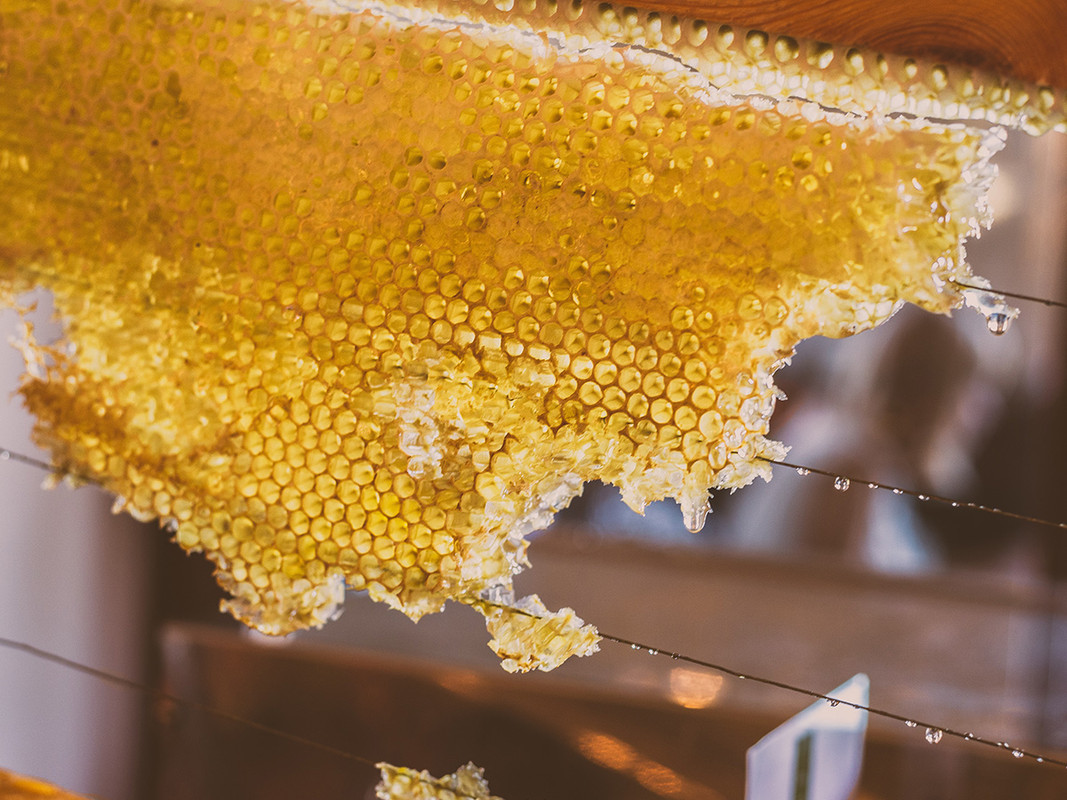

photo by jez timms, unsplash
Nature's Solution: How Wax Worms Compost Plastic
Anna Smith | Fri Sep 22 2023
Plastic pollution has become one of the most pressing environmental challenges of our time, with millions of tons of plastic waste entering our oceans and ecosystems each year. Amidst this crisis, a remarkable discovery has emerged from the world of science: the wax worm, a creature that usually feasts on beeswax, has a unique appetite for one of the most persistent forms of plastic—polyethylene. In this article, we'll delve into how these tiny larvae are offering a glimmer of hope in the fight against plastic pollution.
The Plastic Predicament
Polyethylene is one of the most widely used plastics on Earth. It's found in everything from plastic bags and bottles to packaging materials. Unfortunately, its durability is also its downfall; it can take centuries to break down naturally, leading to widespread environmental contamination.
Scientists and environmentalists have been searching for innovative solutions to combat this plastic crisis. One such solution came from an unlikely source: the common wax worm (Galleria mellonella).
The Wax Worm's Plastic-Eating Abilities
The wax worm, a pest known for infesting beehives and consuming beeswax, was the last creature one might expect to help tackle plastic pollution. However, researchers stumbled upon an astonishing discovery: these tiny larvae possess enzymes capable of breaking down the chemical bonds of polyethylene, effectively consuming plastic as part of their diet.
The discovery occurred almost serendipitously when scientists at the Institute of Biomedicine and Biotechnology of Cantabria (IBBTEC) in Spain placed a group of wax worms in a plastic shopping bag. To their amazement, the worms made short work of the plastic, leaving holes and reducing the bag's mass.
Further investigation revealed that the wax worms' gut bacteria played a crucial role in breaking down polyethylene. These bacteria produced enzymes that could digest plastic, converting it into ethylene glycol, a non-toxic substance.
The Promise of Biodegradation
The potential of wax worms to biodegrade polyethylene offers hope for a more sustainable future. Researchers are actively studying the enzymes involved and exploring ways to harness their plastic-eating abilities for larger-scale applications.
Some of the potential applications include:
1. Plastic Waste Management: Wax worms could be used in wastewater treatment plants to break down polyethylene before it enters water bodies.
2. Bioplastics Production: The enzymes produced by wax worms could be used to manufacture biodegradable plastics as a more eco-friendly alternative to traditional plastics.
3. Bioremediation: Wax worms could be employed in landfills or polluted sites to accelerate the decomposition of plastic waste.
4. Eco-Friendly Packaging: Biodegradable packaging materials inspired by the wax worm's enzymes could help reduce the environmental impact of packaging.
Challenges and Future Prospects
While the discovery of wax worms' plastic-eating abilities is groundbreaking, challenges remain. Scaling up their use for large-scale plastic waste management and ensuring their effectiveness over time are areas of ongoing research.
Furthermore, it's essential to consider the ecological implications of introducing wax worms into various environments. Ensuring they do not disrupt local ecosystems is crucial.
In conclusion, the revelation that wax worms can compost plastic is a remarkable example of nature offering a solution to a man-made problem. While there is much work to be done to harness this newfound knowledge for practical applications, the potential to reduce plastic pollution and develop more sustainable plastic alternatives is an exciting prospect. It reminds us that sometimes, the most unexpected sources can provide the answers to our most pressing environmental challenges.
Reviews:
